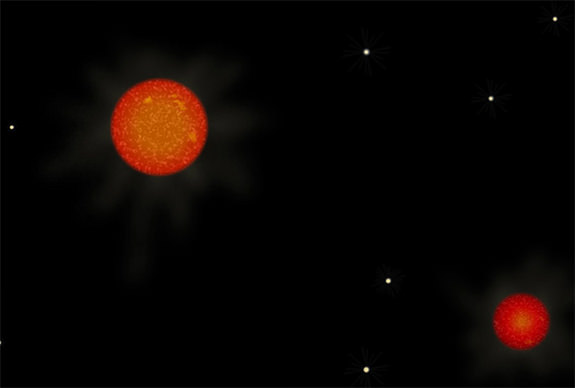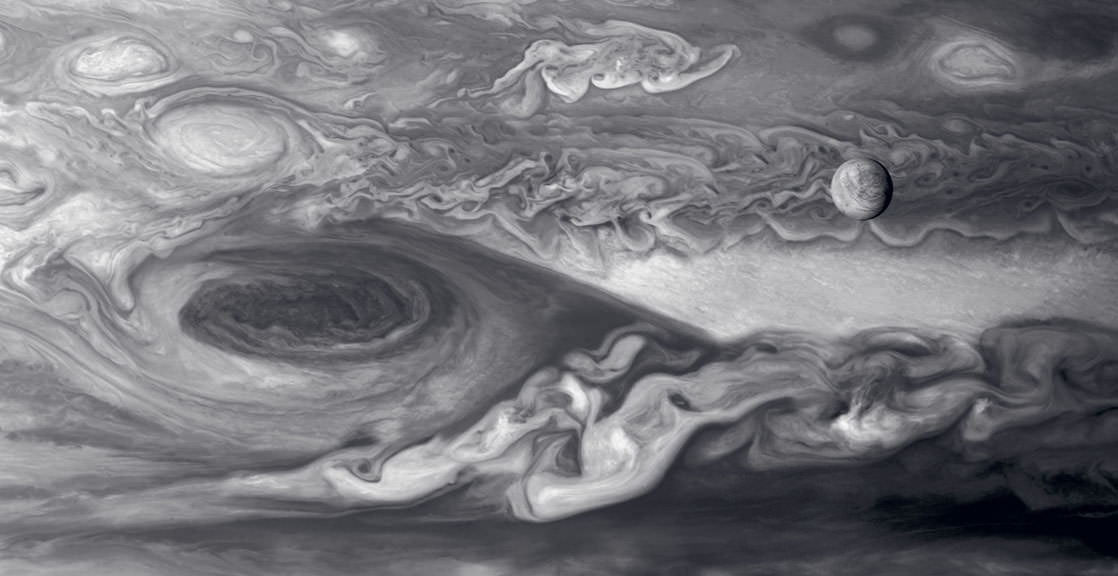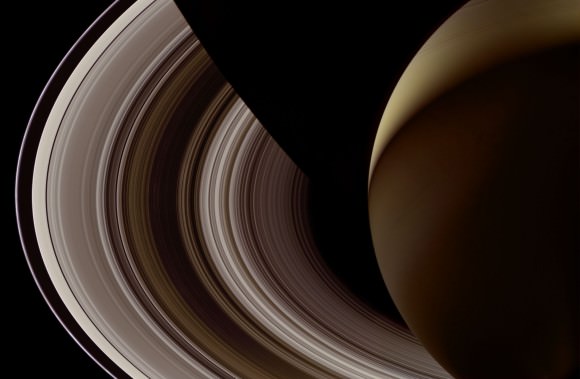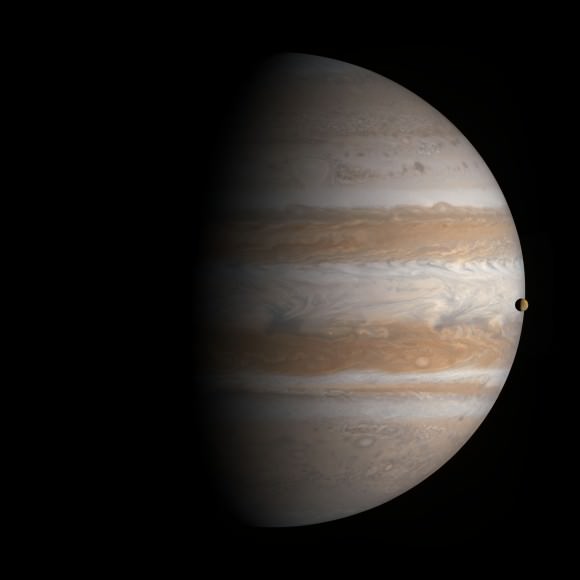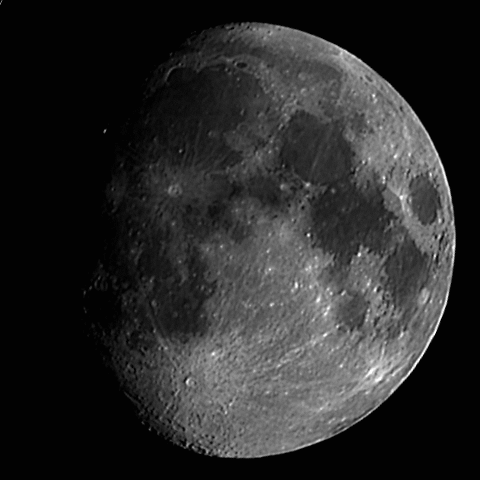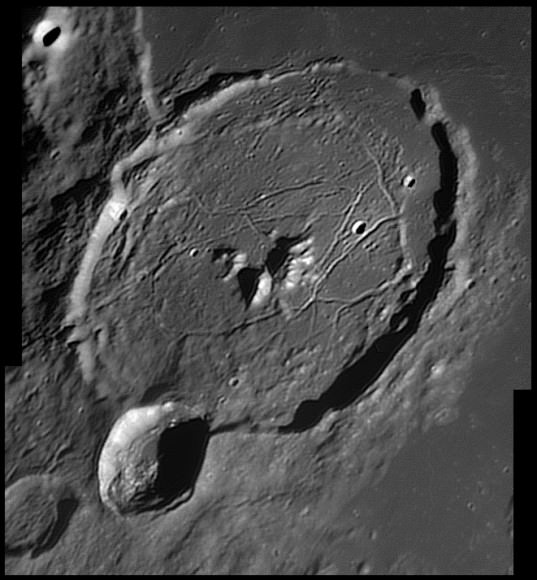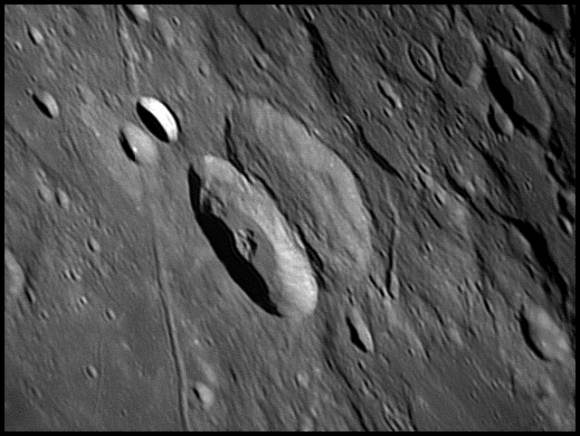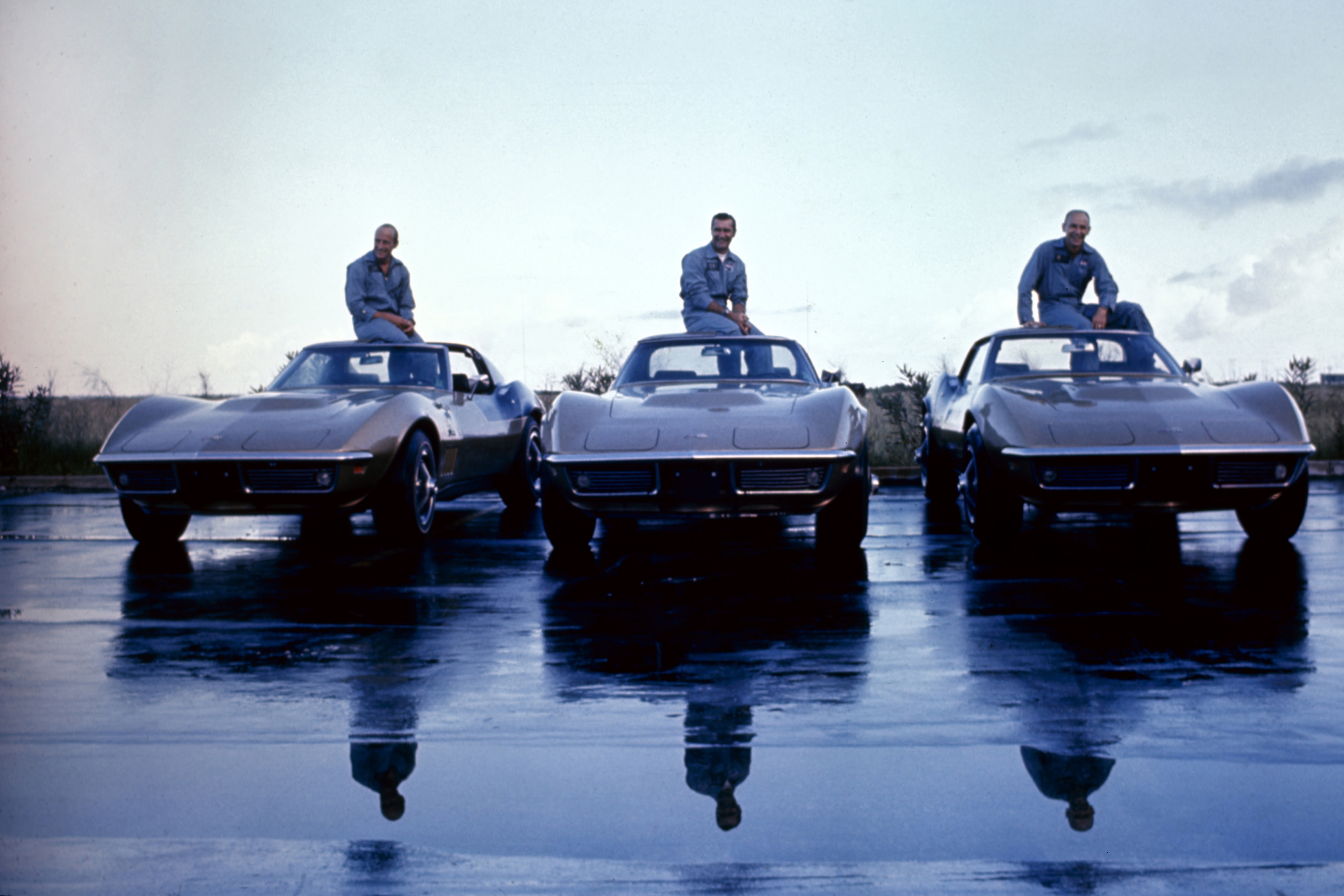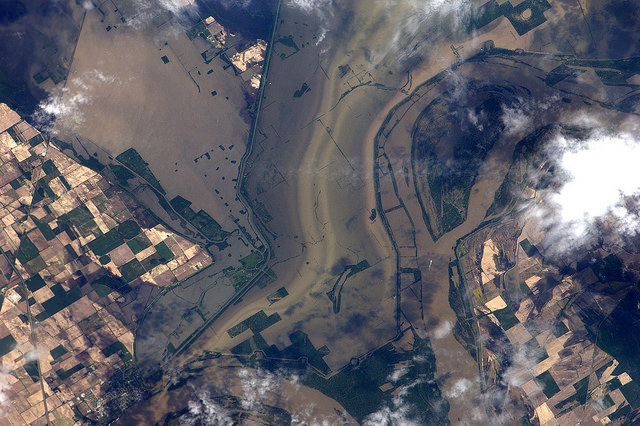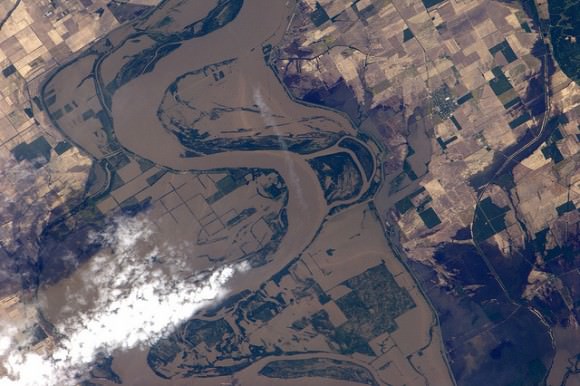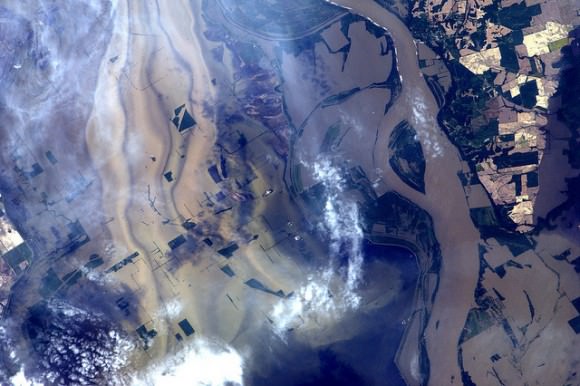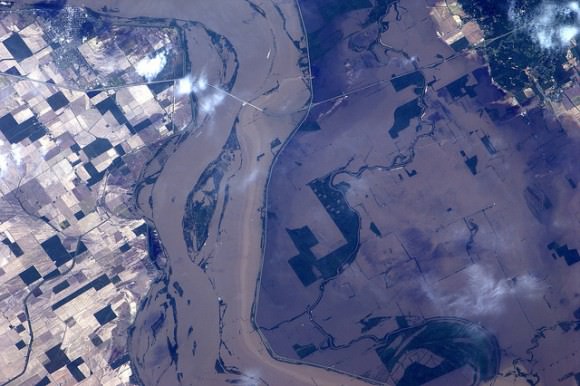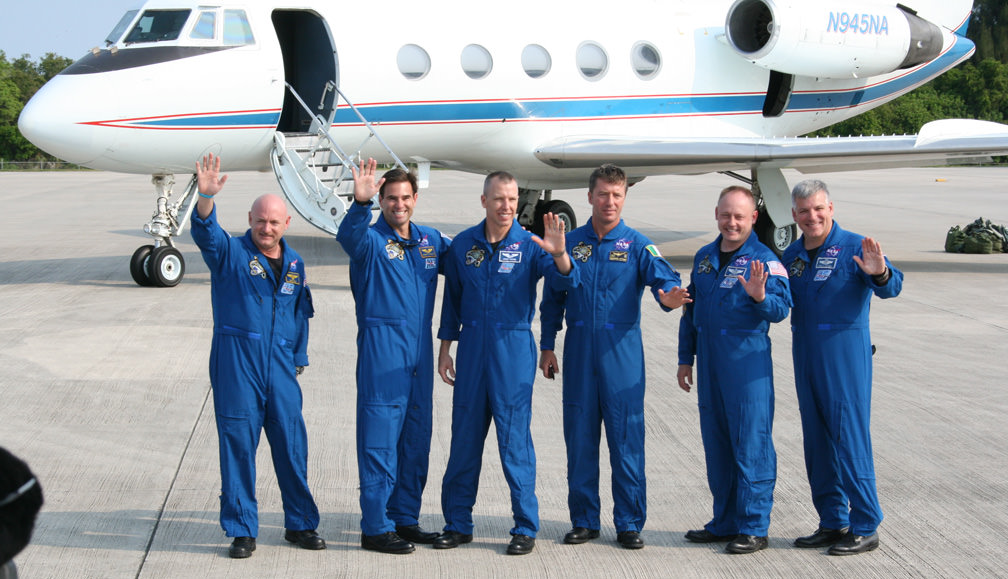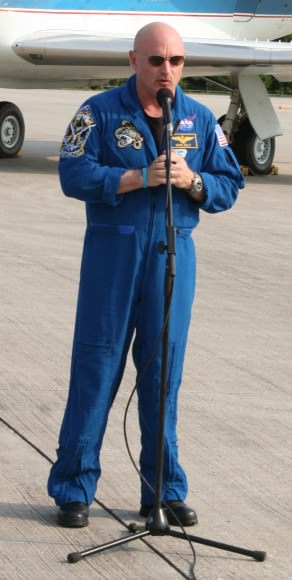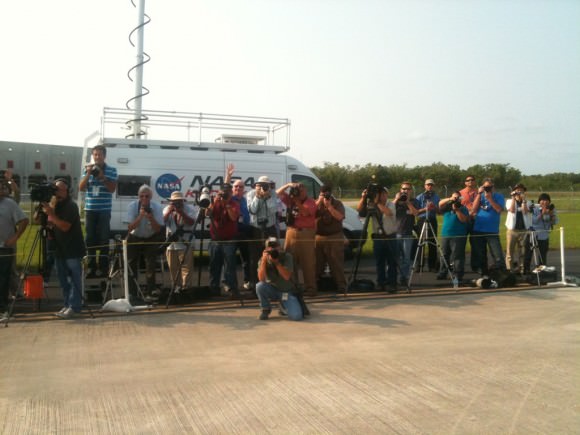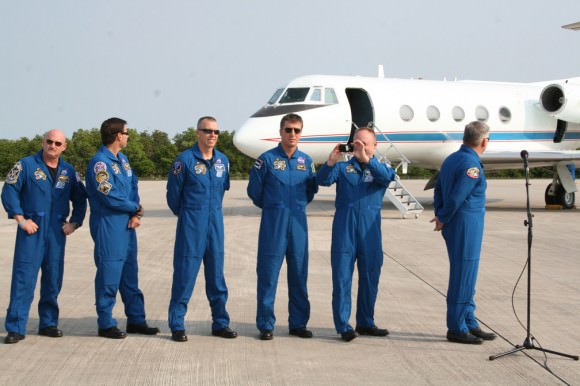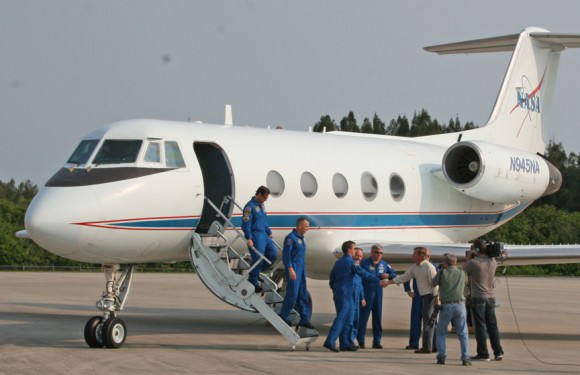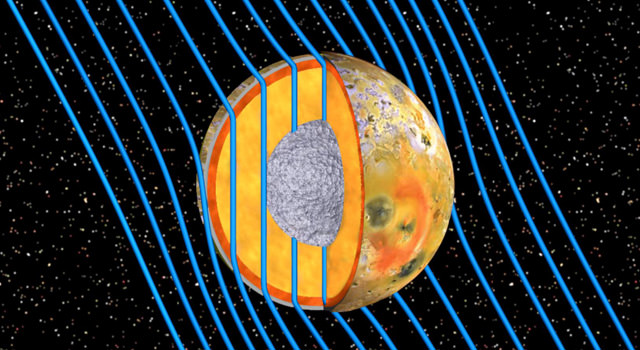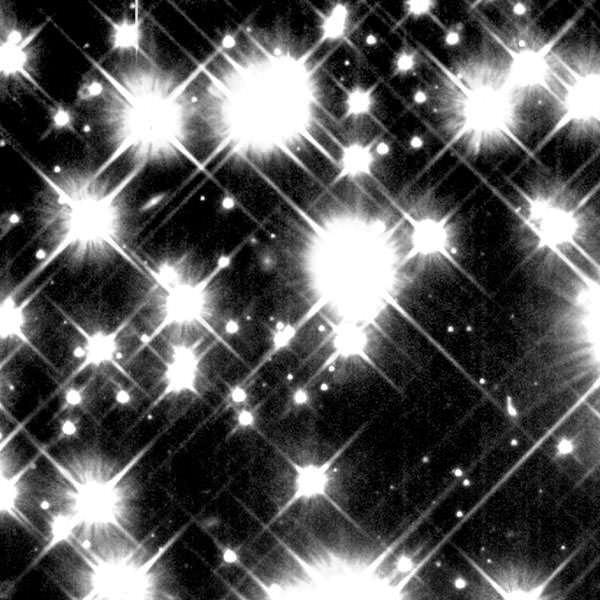[/caption]
The Sloan Low-mass Wide Pairs of Kinematically Equivalent Stars (SLoWPoKES) catalog was recently announced, containing 1,342 common proper motion pairs (i.e. binaries) – which are all low mass stars in the mid-K and mid-M stellar classes – in other words, orange and red dwarves.
These low mass pairs are all at least 500 astronomical units distance from each other – at which point the mutual gravitation between the two objects gets pretty tenuous – or so Newton would have it. Such a context provides a test-bed for something that lies in the realms of ‘fringe science’ – that is, Modified Newtonian Dynamics, or MoND.
The origin of MoND theory is generally attributed to a paper by Milgrom in 1981, which proposed MoND as an alternative way to account for the dynamics of disk galaxies and galactic clusters. Such structures can’t obviously hold together, with the rotational velocities they possess, without the addition of ‘invisible mass’ – or what these days we call dark matter.
MoND seeks to challenge a fundamental assumption built into both Newton’s and Einstein’s theories of gravity – where the gravitational force (or the space-time curvature) exerted by a massive object recedes by the inverse square of the distance from it. Both theories assume this relationship is universal – it doesn’t matter what the mass is or what the distance is, this relationship should always hold.
In a roundabout way, MoND proposes a modification to Newton’s Second Law of Motion – where Force equals mass times acceleration (F=ma) – although in this context, a is actually representing gravitational force (which is expressed as an acceleration).
If a expresses gravitational force, then F expresses the principle of weight. So for example, you can easily exert a sufficient force to lift a brick off the surface of the Earth, but it’s unlikely that you will be able to lift a brick, with the same mass, off the surface of a neutron star.
Anyhow, the idea of MoND is that by allowing F=ma to have a non-linear relationship at low values of a, a very tenuous gravitational force acting across a great distance might still be able to hold something in a loose orbit around a galaxy, despite the principle of a linear F=ma relationship predicting that this shouldn’t happen.
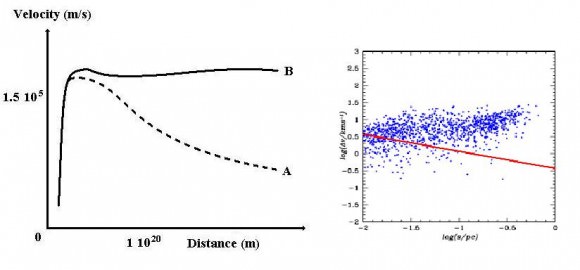
MoND is fringe science, an extraordinary claim requiring extraordinary evidence, since if Newton’s or Einstein’s theories of gravity cannot be assumed to universal, a whole bunch of other physical, astrophysical and cosmological principles start to unravel.
Also, MoND doesn’t really account for other observational evidence of dark matter – notably the gravitational lensing seen in different galaxies and galactic clusters – a degree of lensing that exceeds what is expected from the amount of visible mass that they contain.
In any case, Hernandez et al have presented a data analysis drawn from the SLoWPoKES database of widely spread low-mass binaries, suggestive that MoND might actually work at scales of around 7000 astronomical units. Now, since this hasn’t yet been picked up by Nature, Sci. Am. or anyone else of note – and since some hack writer at Universe Today is just giving it a ‘balanced’ review here, it may be premature to consider that a major paradigm of physics has been overturned.
Nonetheless, the concept of ‘missing mass’ and dark matter has been kicked around for close on 90 years now – with no-one seemingly any closer to determining what the heck this stuff is. On this basis, it is reasonable to at least entertain some alternate views.
Further reading:
Dhital et al Sloan Low-mass Wide Pairs of Kinematically Equivalent Stars (SLoWPoKES): A Catalog of Very Wide, Low-mass Pairs (note that this paper makes no reference to the issue of MoND).
Hernandez et al The Breakdown of Classical Gravity?

